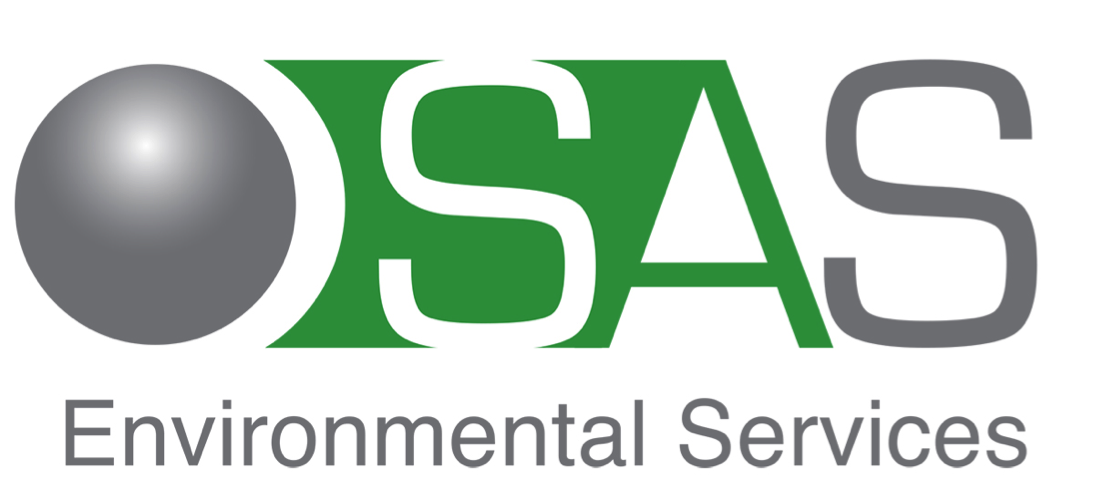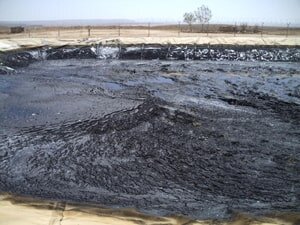6 Top Techniques to Improve Your Oil Sludge Treatment Process
/If you are a part of a waste treatment company dealing with oil contaminated slops and sludge, you have seen all types of wastes. There is probably a good chance that at one time or another you received a truckload of some especially tough waste that your existing process just could not crack.
We have all seen at least one of these wastes… maybe it is an especially tight emulsion, maybe it is highly viscous or maybe it was treated to death with a range of other chemicals that make it virtually impossible to crack.
When presented with these types of challenges there are 6 techniques we recommend trying:
Hit it with heat: If you are not currently using heat, it is always worth hitting the waste with a bit of heat if possible. This may be just enough to crack the emulsion. When testing if heat will help, we typically heat the waste to 70 c (158F).
Give it a spin: If you are not currently using a centrifuge, it is worth seeing if a centrifuge might help. Oftentimes the extra force generated from a centrifuge can do the trick. When testing, we typically give the waste a spin in a bench top centrifuge at 3000rpm for 3 minutes.
Try a new chemical: If you are using a polymer or an emulsion breaker and it is not delivering, it may be worth looking at different types of chemistry. All chemicals are not created equal. Every waste has a unique chemical makeup and a new chemical break what was previously un-breakable. If you are not using chemical, a quality emulsion breaker might be a game changer for your process.
Dose it up… or down: If you are using a chemical in your treatment process and it is not delivering, you may want to try changing the dose rate. Importantly, it is not only about increasing the dose rate. In many cases, we found that decreasing the dose rate of the chemical (using less chemical) actually delivers a better result.
Change the waste: Sometimes by modifying the waste, it is possible to make it easier to treat. For example, if the solids loading is too high, adding some water before the treatment process may help. Or, for some wastes, adding other hydro-carbons, such as diesel, may help improve the treatability of the waste. Or, mixing in a different waste stream might help.
Mix-n-Match: We found that in many cases it is not any one approach that delivers the best solution. It may require a combination of the techniques outlined above.
Whatever you do, we recommend taking a scientific and methodical approach. When you begin to map out the different possible combinations – heat/no heat, centrifuge/gravity, modifying the waste stream and the range of chemicals and dose rates for these chemicals – the number of different possible approaches rapidly grows to a level that seems unmanageable. This is why it is important to take a disciplined approach to testing.
We believe there is a method for effectively treating any oil slop or sludge. The key is taking a scientific and methodical approach to finding the solution.
To find out more about how SAS Environmental Services treats oil sludge download our Microemulsion Whitepaper by clicking below.


